Russia’s Political Landscape: Trends and Developments in 2024
Russia’s political landscape has been a subject of intense scrutiny and analysis, especially in the lead-up to the 2024 presidential elections. As the country grapples with various challenges, including economic instability, international tensions, and domestic unrest, it is crucial to understand the trends and developments shaping its political future.
Current Political Climate
The current political climate in Russia is marked by a consolidation of power under President Vladimir Putin, who has been in office since 2000. Putin’s grip on power has been further solidified by constitutional changes that allow him to potentially stay in office until 2036.
Challenges Facing the Government
- Economic instability due to sanctions and falling oil prices
- Growing discontent among the population over corruption and lack of political freedoms
- International isolation and tensions with Western countries
Emerging Trends
Despite these challenges, there are several emerging trends in Russia’s political landscape that are worth noting:
Rise of Opposition Movements
Opposition movements, such as Alexei Navalny’s Anti-Corruption Foundation, have gained traction in recent years, mobilising protests and challenging the government’s authority. Navalny’s arrest and subsequent poisoning have further galvanised opposition forces.
Youth Activism
Youth activism has also been on the rise, with young Russians taking to the streets to demand political change and greater accountability from the government. Social media has played a crucial role in mobilising and organising these protests.
Implications for the Future
As Russia heads towards the 2024 presidential elections, the political landscape is likely to witness further turbulence and uncertainty. The government’s response to opposition movements and youth activism will be crucial in determining the country’s future trajectory.
Potential Scenarios
- Continued consolidation of power under Putin
- Rise of a new political figure or movement challenging the status quo
- Increased international pressure and isolation
In conclusion, Russia’s political landscape in 2024 is characterised by a complex interplay of power dynamics, social movements, and external pressures. The country’s future direction will depend on how these factors evolve in the coming years. As observers and analysts, it is essential to closely monitor these trends and developments to gain a deeper understanding of Russia’s political landscape.














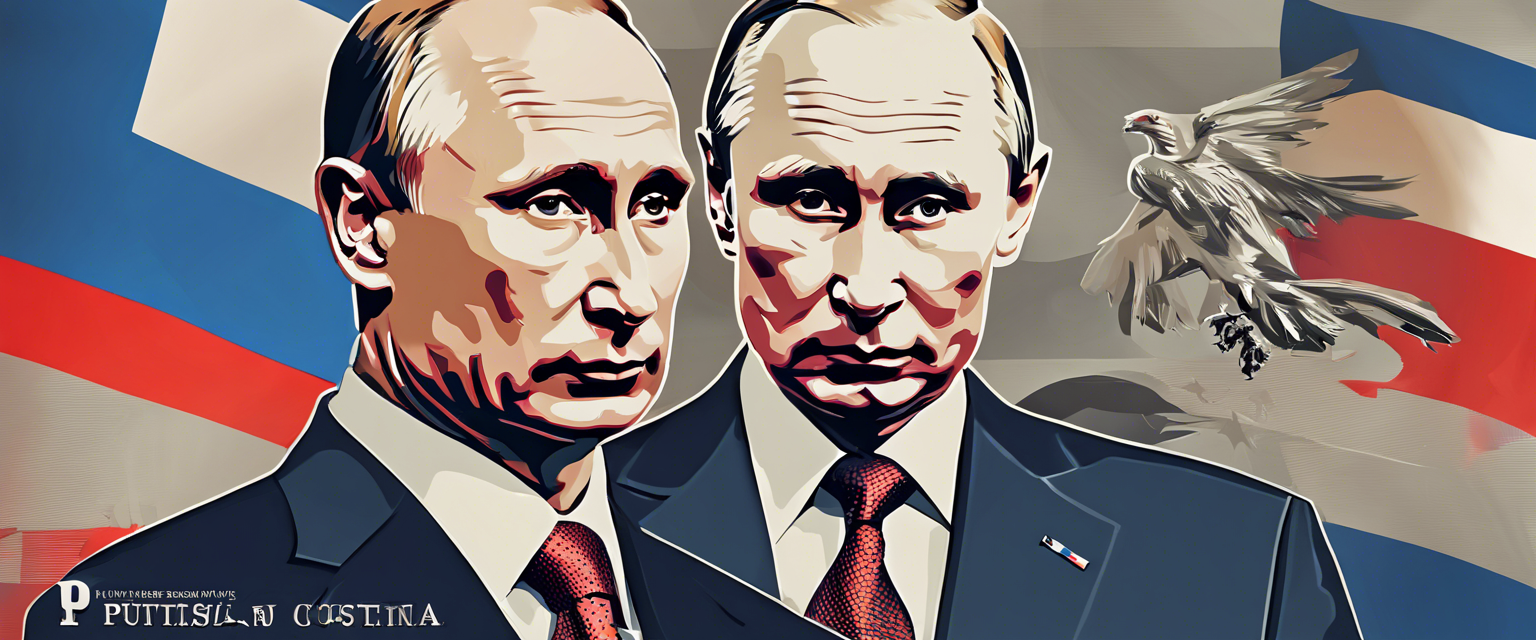

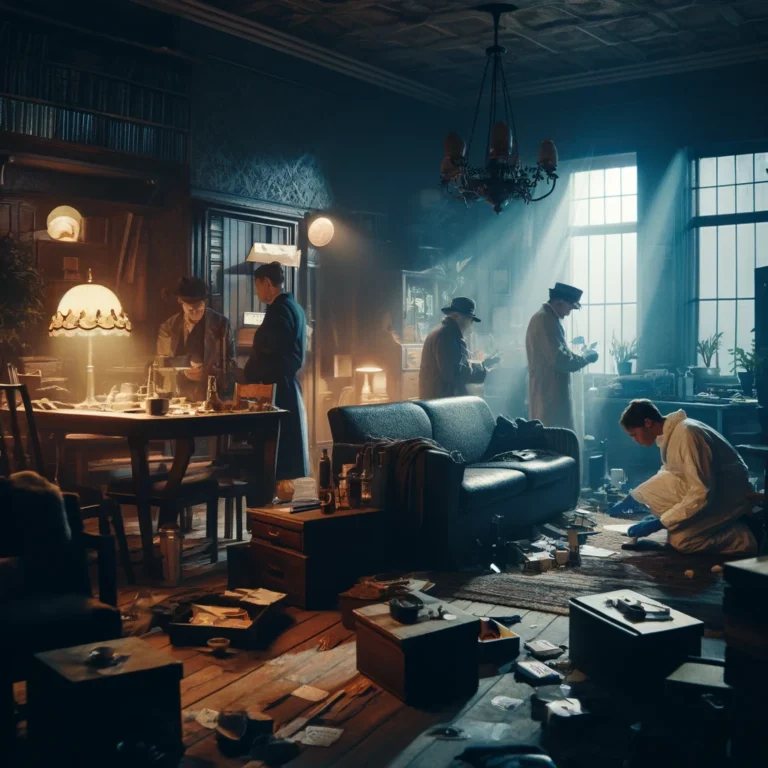
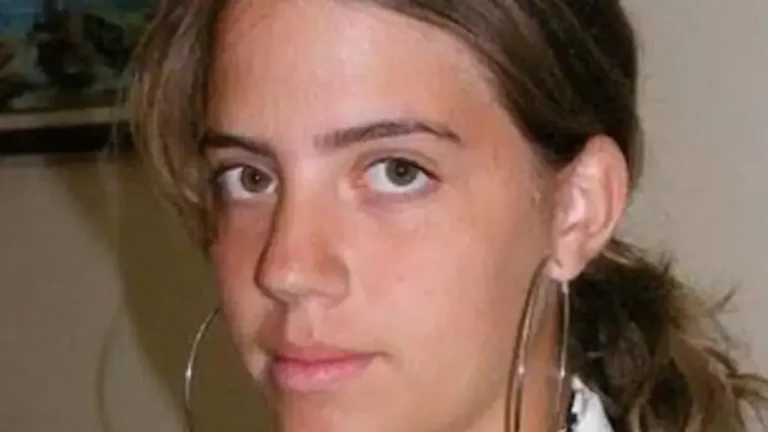
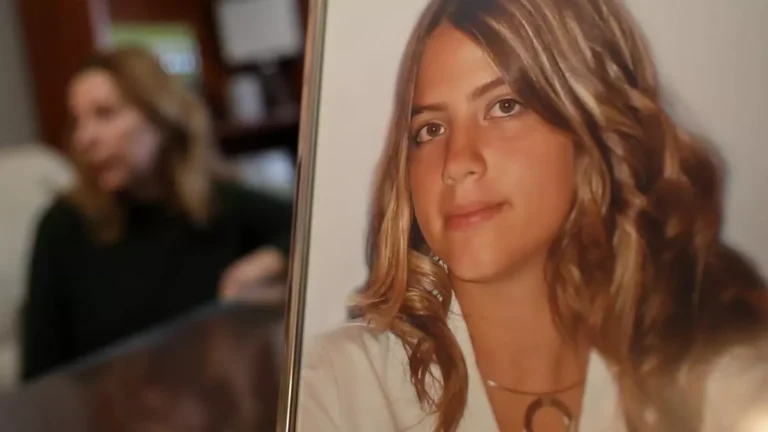
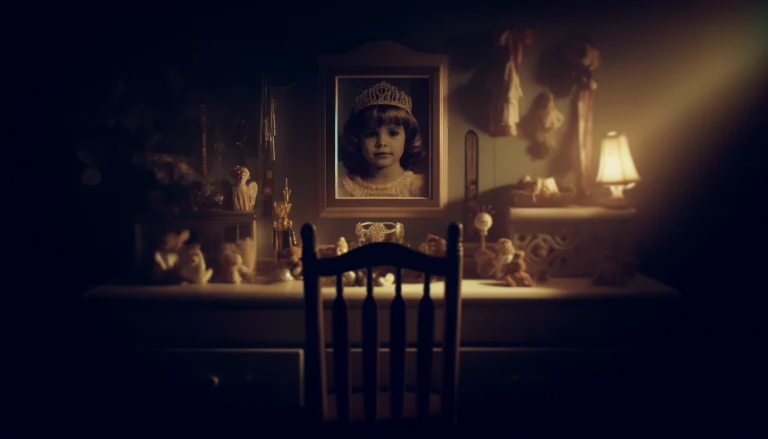
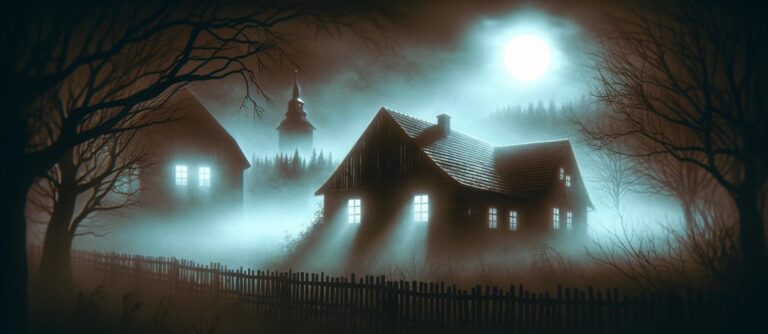
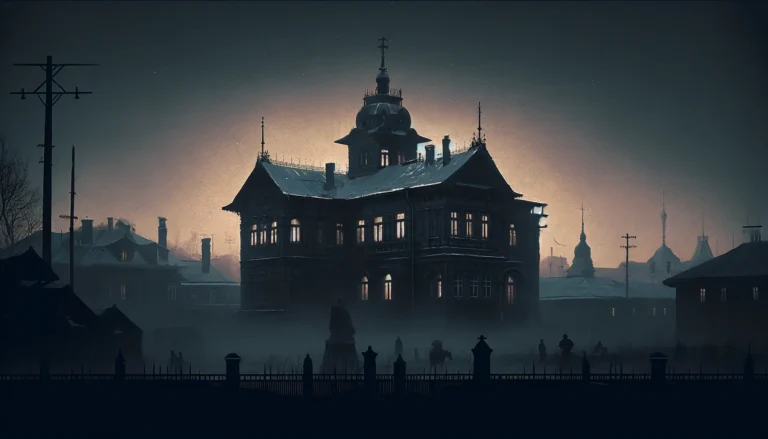

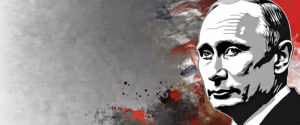








+ There are no comments
Add yours